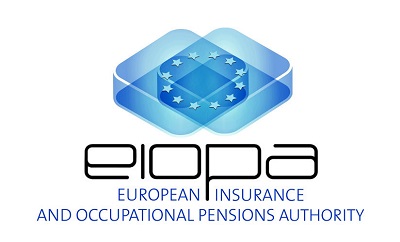At the IIF 2024 – ESG in Insurance Conference, Petra Hielkema, Chairperson of the European Insurance and Occupational Pensions Authority, emphasised insurers’ pivotal role in combating climate change by educating society, factoring in risks, investing wisely, and promoting resilient behaviours among consumers.
 The frequency of natural disasters has tripled in the last 40 years, according to Munich Re. Swiss Re noted that in 2023 alone, global economic losses from natural catastrophes reached nearly $300 billion, with insurers absorbing $108 billion of that burden. Europe has been particularly affected, experiencing the fastest growth in damages.
The frequency of natural disasters has tripled in the last 40 years, according to Munich Re. Swiss Re noted that in 2023 alone, global economic losses from natural catastrophes reached nearly $300 billion, with insurers absorbing $108 billion of that burden. Europe has been particularly affected, experiencing the fastest growth in damages.
In her speech, Hielkema outlines proactive steps taken by EIOPA and insurers against climate change, making significant contributions to the fight.
She asserts, “The fight against climate change starts with the collection of reliable, accurate and actionable information. Data is necessary so that we can measure the risk, understand where our defences are lacking, predict losses with the help of modelling, price policies appropriately and develop strategies to lower the exposure through adaptation and mitigation.”
Recognising the challenge of obtaining precise climate data, EIOPA provides insurers with free, high-quality tools and data in an open-source format.
Hielkema further explains, “to maintain stability and to make sure that insurers can continue to provide vital services to households and businesses even in the face of mounting climate risks, the next logical step is to incorporate these learnings into risk assessment and the prudential framework.”
Insurers’ Own Risk and Solvency Assessment (ORSA) serves as a valuable tool for understanding the risks they face and the corresponding capital requirements.
EIOPA has issued tailored guidance on materiality assessments and climate scenarios to aid insurers in integrating climate change risks into their risk assessment processes. Another avenue for incorporating climate risk is through the standard formula for solvency capital requirements.
Another aspect is how regulations address assets and activities aligned with environmental and social goals versus those that do not, known as the risk differential or green/brown asset issue. This raises questions about whether insurers should allocate more capital to riskier, unsustainable assets and businesses.
Hielkema emphasises that addressing climate change, particularly in Europe, requires substantial financial resources beyond what public authorities alone can provide. Private investments, particularly from long-term investors like insurers and pension funds, are crucial.
Furthermore, Hielkema highlights that while insurance helps manage risks, it does not always mitigate them. In Europe, “75% of losses stemming from natural disasters like earthquakes, floods and wildfires go uninsured on the continent – and the risk is only getting bigger.”
EIOPA proposes measures to increase insurance coverage, such as catastrophe bonds and partnerships between governments and insurers.
Moreover, insurers can incentivise risk reduction measures among individuals, such as installing flood barriers or using fire-resistant materials, to help maintain affordable and accessible insurance coverage, particularly as climate change increases the frequency of disasters.
Hielkema also stresses the importance of updating building codes to prevent new constructions in high-risk areas.
To conclude, Hielkema underscores the necessity of collective efforts to address climate change. EIOPA is committed to supporting insurers with data, modelling, research, and transparency to effectively address this global challenge.


